#NNPA BlackPress
Study Finds Most of the World Failing at Gender Equality
NNPA NEWSWIRE — “This report should serve as a wakeup call to the world. We won’t meet the [Sustainable Development Goals] SDGs with 40% of girls and women living in countries that are failing on gender equality,” said Melinda Gates, Co-chair of the Bill & Melinda Gates Foundation.
By Stacy M. Brown, NNPA Newswire Correspondent
@StacyBrownMedia
Nearly 40 percent of the world’s girls and women live in countries that are failing on gender equality, according to information compiled by Equal Measures 2030 and its partners.
According to the website for the project, “The 2019 SDG Gender Index measures the state of gender equality aligned to 14 of the 17 Sustainable Development Goals (SDGs) in 129 countries and 51 issues ranging from health, gender-based violence, climate change, decent work and others. The 2019 SDG Gender Index provides a snapshot of where the world stands, right now, linked to the vision of gender equality set forth by the 2030 Agenda.”
The index reveals that 1.4 billion girls and women are living in countries that get a “very poor” or failing grade on gender equality.
The SDG Gender Index is considered the most comprehensive tool available to measure the state of gender equality when compared to defined SDGs.
The average score across the 129 countries – which represent 95 percent of the world’s girls and women – is 65.7 out of 100, which translates to a “poor” rating based upon the index’s scoring system).
No single country is the world’s best performer – or even among the world’s top ten performers – across all goals or all issues.
In 2015, world leaders from the participating countries committed to achieve gender equality by 2030 for every girl and every woman when they signed on to the ambitious goals and targets of the SDGs.
“With just 11 years to go, our index finds that not a single one of the 129 countries is fully transforming their laws, policies or public budget decisions on the scale needed to reach gender equality by 2030,” Alison Holder, the director of Equal Measures 2030 said in a news release.
“We are failing to deliver on the promises of gender equality for literally billions of girls and women,” Holder said.
Overall, the world is furthest behind on gender equality issues related to public finance and better gender data (SDG 17), climate change (SDG 13), gender equality in industry and innovation (SDG 9) and – worryingly – the standalone ‘gender equality’ goal (SDG 5).
Denmark tops the index, followed closely by Finland, Sweden, Norway, and the Netherlands.
The countries with the lowest scores in the index – Niger, Yemen, Congo, Democratic Republic of Congo, and Chad – have all faced conflict and fragility in recent years.
Altogether, 2.8 billion girls and women live in countries that get either a “very poor” (59 and below) or “poor” score (60 – 69) on gender equality.
Just 8 percent of the world’s population of girls and women live in countries that received a “good” gender equality score (80 – 89) and no country achieved an “excellent” overall score of 90 or above.
The 129 countries featured in the index cover five regions – Asia and the Pacific, Europe and North America, Latin America and the Caribbean, Middle East and North Africa and Sub-Saharan Africa.
“It’s clear that even the most gender-equal countries need to improve on issues like climate change, gender budgeting and public services, equal representation in powerful positions, gender pay gaps, and gender-based violence,” Holder said.
The index also shows that countries with far fewer resources are still able to tackle key gender inequalities.
Senegal, for example, has a higher percentage of women in parliament (42 percent) than Denmark (37 percent), despite Denmark’s GDP per capita being 56 times higher than that of Senegal.
Kenya has very high rates of women who use digital banking (75 percent) – higher rates than three quarters of the world’s countries.
Colombia has better coverage of social assistance (81 percent) amongst its poorest people than the United States (65 percent), a higher-income country.
“This report should serve as a wakeup call to the world. We won’t meet the SDGs with 40% of girls and women living in countries that are failing on gender equality,” said Melinda Gates, Co-chair of the Bill & Melinda Gates Foundation.
“But the SDG Gender Index also shows that progress is possible. Many countries with the most limited resources are making huge strides in removing the barriers for girls and women across economies, politics and society – demonstrating that when it comes to gender equality, governments shouldn’t have excuses for inaction,” Gates said.
Officials said it’s also imperative that the global community provides investment and support to fragile and conflict-affected countries – those with the lowest scores in the Index, such as Yemen, Congo, Democratic Republic of Congo and Chad.
“As advocates for gender equality in Africa, we can no longer operate on presumptions and approximations,” said Memory Kachambwa, the executive director of the African Women’s Development and Communication Network – or FEMNET.
“Gaps of inequalities must be marked, counted and recorded so that the trail of implementation is clear and decision makers are held to account. The SDG Gender Index will help to ensure that Africa’s girls and women are counted and accounted for,” Kachambwa said.
While some issues are lagging far behind, dedicated international efforts appear to have made a difference on other issues.
Overall, countries have performed best on issues where coordinated and concerted policy focus and funding has been directed over the past 10-20 years, including on hunger and nutrition (SDG 2), water and sanitation (SDG 6), health (SDG 3) and education (SDG 4).
“With 8,000 decision-makers, advocates, and influencers gathered in Vancouver as part of the Women Deliver Conference, and over 100,000 participating around the world, we have the collective power to drive real progress on these gender equality scores and create real impact for girls and women,” said Katja Iversen, the president and CEO of Women Deliver.
Click here to view the full report.
#NNPA BlackPress
IN MEMORIAM: Ramona Edelin, Influential Activist and Education Advocate, Dies at 78
NNPA NEWSWIRE — Born on September 4, 1945, in Los Angeles, California, activist Ramona Edelin’s early years were marked by a commitment to education and social justice. According to her HistoryMakers biography, after graduating from Fisk University with a Bachelor’s degree in 1967, she pursued further studies at the University of East Anglia in England. She earned her master’s degree before completing her Ph.D. at Boston University in 1981.
The post IN MEMORIAM: Ramona Edelin, Influential Activist and Education Advocate, Dies at 78 first appeared on BlackPressUSA.

By Stacy M. Brown, NNPA Newswire Senior National Correspondent
@StacyBrownMedia
Once upon a time, Black Americans were simply known as colored people, or Negroes. That is until Ramona Edelin came along. The activist, renowned for her pivotal roles in advancing civil rights, education reform, and community empowerment, died at her D.C. residence last month at the age of 78. Her death, finally confirmed this week by Barnaby Towns, a communications strategist who collaborated with Dr. Edelin, was attributed to cancer.
Born on September 4, 1945, in Los Angeles, California, Edelin’s early years were marked by a commitment to education and social justice. According to her HistoryMakers biography, after graduating from Fisk University with a Bachelor’s degree in 1967, she pursued further studies at the University of East Anglia in England. She earned her master’s degree before completing her Ph.D. at Boston University in 1981.
Edelin’s contributions to academia and activism were manifold. She was pivotal in popularizing the term “African American” alongside Rev. Jesse L. Jackson in the late 1980s.
Jackson had announced the preference for “African American,” speaking for summit organizers that included Dr. Edelin. “Just as we were called Colored, but were not that, and then Negro, but not that, to be called Black is just as baseless,” he said, adding that “African American” “has cultural integrity” and “puts us in our proper historical context.”
Later, Edelin told Ebony magazine, “Calling ourselves African Americans is the first step in the cultural offensive,” while linking the name change to a “cultural renaissance” in which Black Americans reconnected with their history and heritage.
“Who are we if we don’t acknowledge our motherland?” she asked later. “When a child in a ghetto calls himself African American, immediately he’s international. You’ve taken him from the ghetto and put him on the globe.”
The HistoryMakers bio noted that Edelin’s academic pursuits led her to found and chair the Department of African American Studies at Northeastern University, where she established herself as a leading voice.
Transitioning from academia to advocacy, Edelin joined the National Urban Coalition in 1977, eventually ascending to president and CEO. During her tenure, she spearheaded initiatives such as the “Say Yes to a Youngster’s Future” program, which provided crucial support in math, science, and technology to youth and teachers of color in urban areas. Her biography noted that Edelin’s efforts extended nationwide through partnerships with organizations like the National Science Foundation and the United States Department of Education.
President Bill Clinton recognized Edelin’s expertise by appointing her to the Presidential Board on Historically Black Colleges and Universities in 1998. She also co-founded and served as treasurer of the Black Leadership Forum, solidifying her standing as a respected leader in African American communities.
Beyond her professional achievements, Edelin dedicated herself to numerous boards and committees, including chairing the District of Columbia Educational Goals 2000 Panel and contributing to the Federal Advisory Committee for the Black Community Crusade for Children.
Throughout her life, Edelin received widespread recognition for her contributions. Ebony magazine honored her as one of the 100 Most Influential Black Americans, and she received prestigious awards such as the Southern Christian Leadership Award for Progressive Leadership and the IBM Community Executive Program Award.
The post IN MEMORIAM: Ramona Edelin, Influential Activist and Education Advocate, Dies at 78 first appeared on BlackPressUSA.
#NNPA BlackPress
Tennessee State University Board Disbanded by MAGA Loyalists as Assault on DE&I Continues
NNPA NEWSWIRE — Recent legislative actions in Tennessee, such as repealing police reform measures enacted after the killing of Tyre Nichols, underscore a troubling trend of undermining local control and perpetuating racist agendas. The new law preventing local governments from restricting police officers’ authority disregards community efforts to address systemic issues of police violence and racial profiling.
The post Tennessee State University Board Disbanded by MAGA Loyalists as Assault on DE&I Continues first appeared on BlackPressUSA.

By Stacy M. Brown, NNPA Newswire Senior National Correspondent
@StacyBrownMedia
Tennessee State University (TSU), the state’s only public historically Black college and university (HBCU), faces a tumultuous future as Gov. Bill Lee dissolved its board, a move supported by racist conservatives and MAGA Republicans in the Tennessee General Assembly, who follow the lead of the twice-impeached, four-times indicted, alleged sexual predator former President Donald Trump. Educators and others have denounced the move as an attack on diversity, equity, and inclusion (DE&I) and a grave setback for higher education.
Critics argue that TSU’s purported financial mismanagement is a manufactured crisis rooted in decades of underinvestment by the state government. They’ve noted that it continues a trend by conservatives and the racist MAGA movement to eliminate opportunities for Blacks in education, corporate America, and the public sector.
Gevin Reynolds, a former speechwriter for Vice President Kamala Harris, emphasizes in an op-ed that TSU’s financial difficulties are not the result of university leadership because a recent audit found no evidence of fraud or malfeasance.
Reynolds noted that the disbanding of TSU’s board is not an isolated incident but part of a broader assault on DE&I initiatives nationwide. Ten states, including Tennessee, have enacted laws banning DE&I policies on college campuses, while governors appointing MAGA loyalists to university trustee positions further undermine efforts to promote inclusivity and equality.
Moreover, recent legislative actions in Tennessee, such as repealing police reform measures enacted after the killing of Tyre Nichols, underscore a troubling trend of undermining local control and perpetuating racist agendas. The new law preventing local governments from restricting police officers’ authority disregards community efforts to address systemic issues of police violence and racial profiling.
The actions echo historical efforts to suppress Black progress, reminiscent of the violent backlash against gains made during the Reconstruction era. President Joe Biden warned during an appearance in New York last month that Trump desires to bring the nation back to the 18th and 19th centuries – in other words, to see, among other things, African Americans back in the chains of slavery, women subservient to men without any say over their bodies, and all voting rights restricted to white men.
The parallels are stark, with white supremacist ideologies used to justify attacks on Black institutions and disenfranchise marginalized communities, Reynolds argued.
In response to these challenges, advocates stress the urgency of collective action to defend democracy and combat systemic racism. Understanding that attacks on institutions like TSU are symptomatic of broader threats to democratic norms, they call for increased civic engagement and voting at all levels of government.
The actions of people dedicated to upholding the principles of inclusivity, equity, and justice for all will determine the outcome of the ongoing fight for democracy, Reynolds noted. “We are in a war for our democracy, one whose outcome will be determined by every line on every ballot at every precinct,” he stated.
The post Tennessee State University Board Disbanded by MAGA Loyalists as Assault on DE&I Continues first appeared on BlackPressUSA.
#NNPA BlackPress
Braxton Haulcy and the Expansion of Walker|West Music Academy
May 24, 2023 – Walker West Music Academy gets an early start on expansion. Join us for a Wednesday episode of The …
The post Braxton Haulcy and the Expansion of Walker|West Music Academy first appeared on BlackPressUSA.
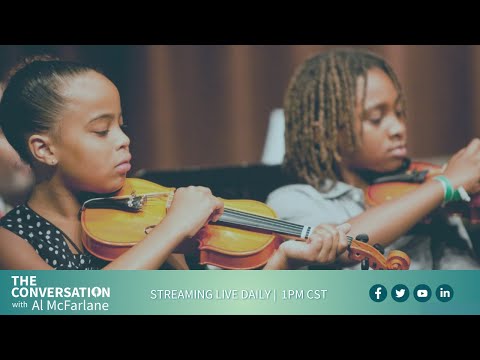
May 24, 2023 – Walker West Music Academy gets an early start on expansion. Join us for a Wednesday episode of The …
The post Braxton Haulcy and the Expansion of Walker|West Music Academy first appeared on BlackPressUSA.
-

 Activism4 weeks ago
Activism4 weeks agoOakland Post: Week of March 27 – April 2, 2024
-

 #NNPA BlackPress4 weeks ago
#NNPA BlackPress4 weeks agoCOMMENTARY: D.C. Crime Bill Fails to Address Root Causes of Violence and Incarceration
-

 #NNPA BlackPress4 weeks ago
#NNPA BlackPress4 weeks agoBeloved Actor and Activist Louis Cameron Gossett Jr. Dies at 87
-
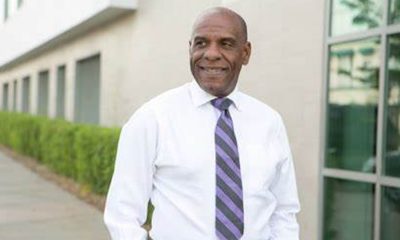
 Community1 week ago
Community1 week agoFinancial Assistance Bill for Descendants of Enslaved Persons to Help Them Purchase, Own, or Maintain a Home
-

 Activism3 weeks ago
Activism3 weeks agoOakland Post: Week of April 3 – 6, 2024
-

 Business1 week ago
Business1 week agoV.P. Kamala Harris: Americans With Criminal Records Will Soon Be Eligible for SBA Loans
-

 Activism2 weeks ago
Activism2 weeks agoOakland Post: Week of April 10 – 16, 2024
-
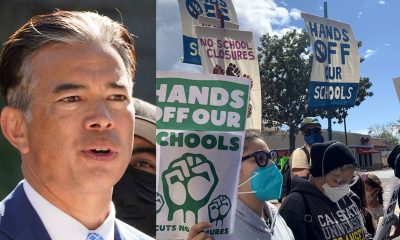
 Community1 week ago
Community1 week agoAG Bonta Says Oakland School Leaders Should Comply with State Laws to Avoid ‘Disparate Harm’ When Closing or Merging Schools

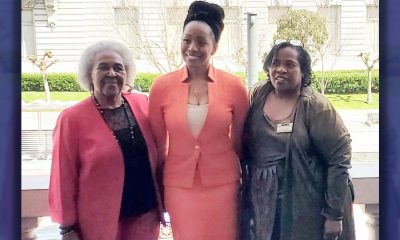







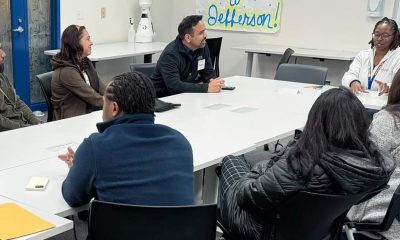



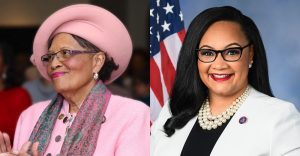
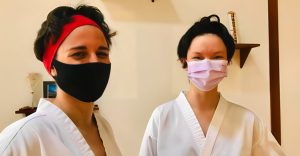

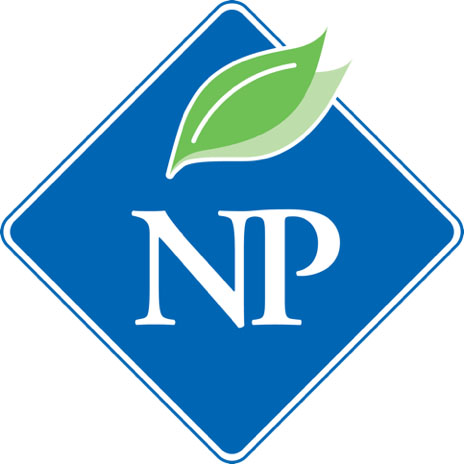







































1 Comment